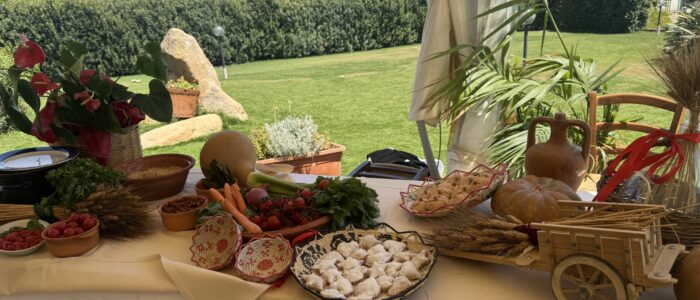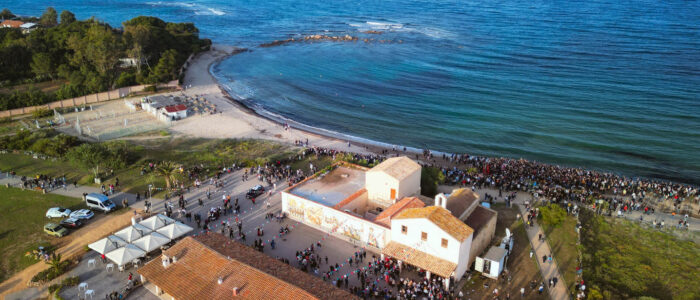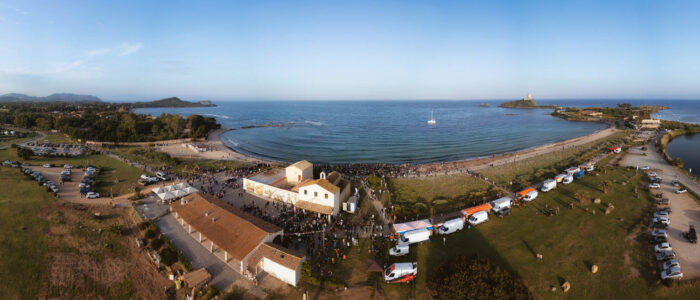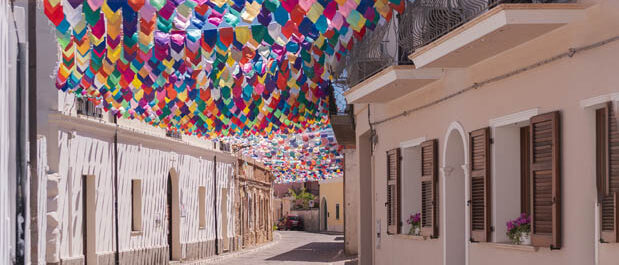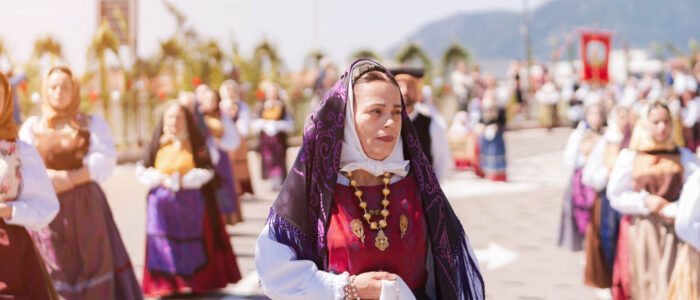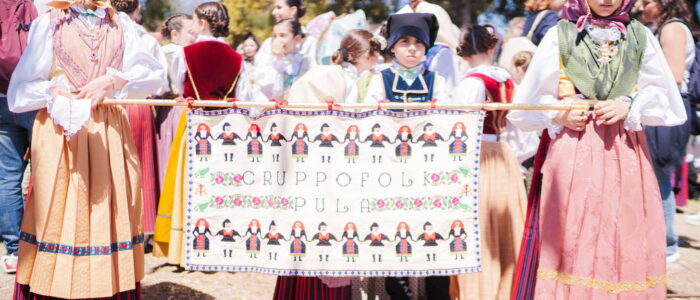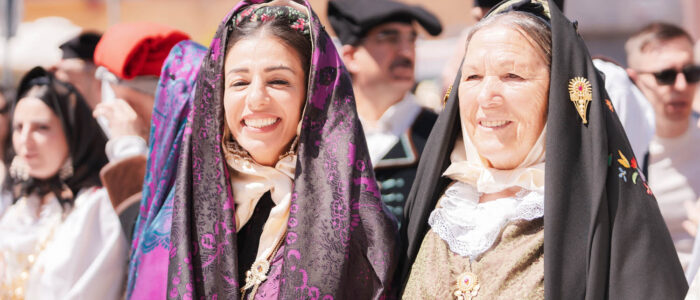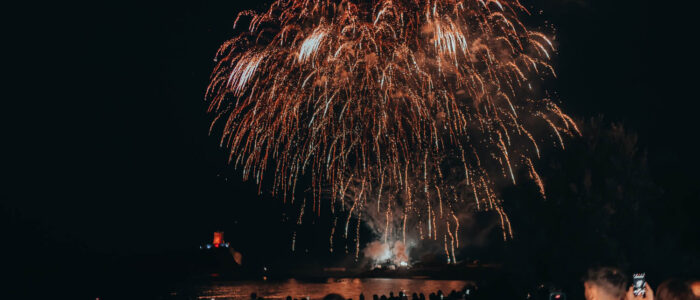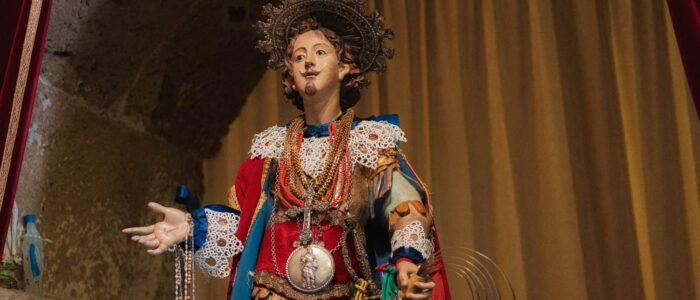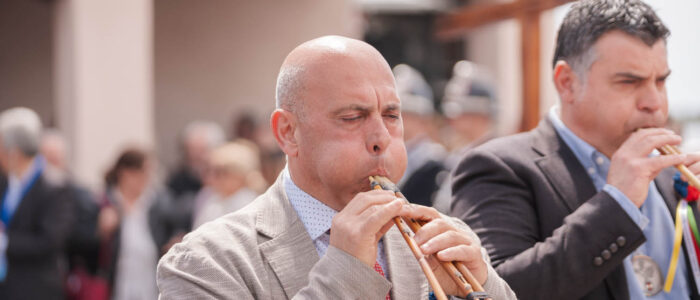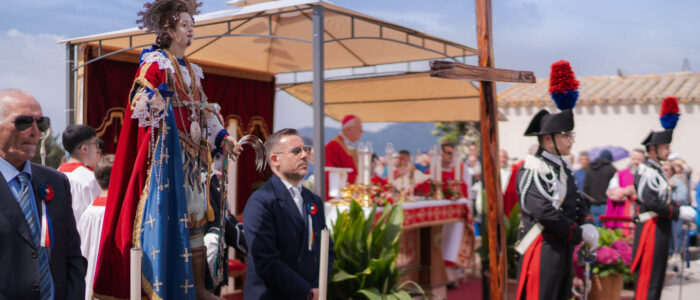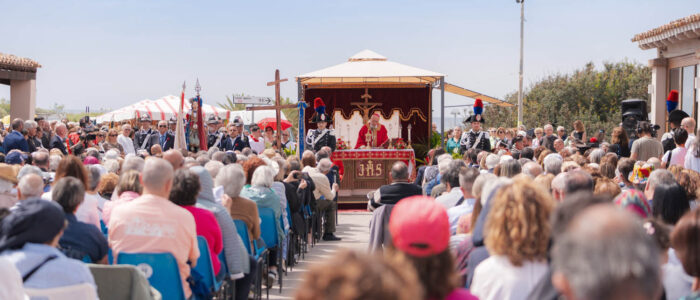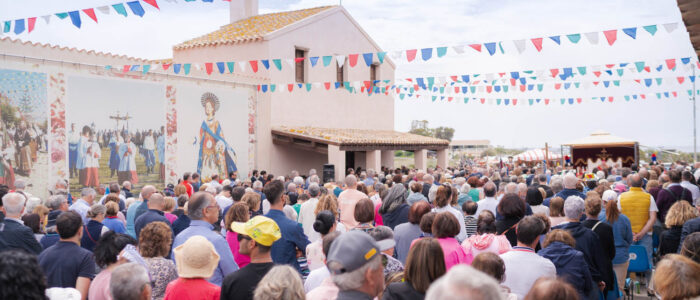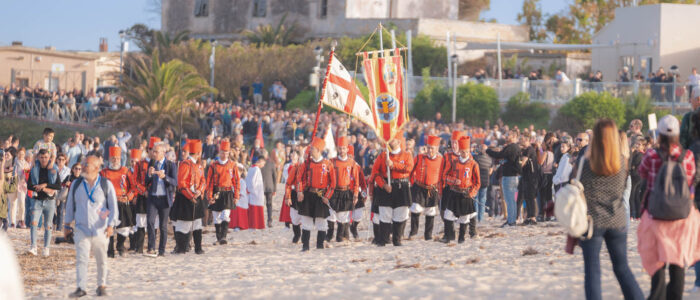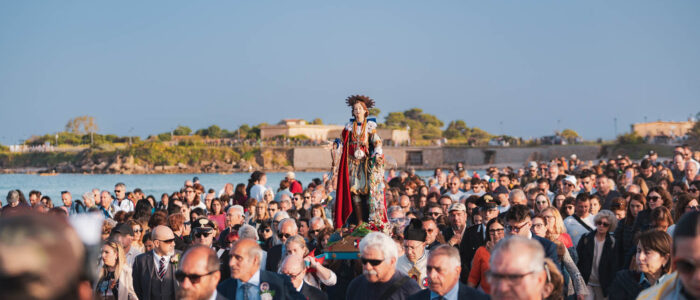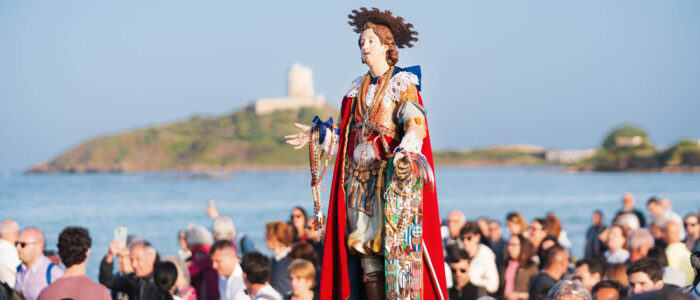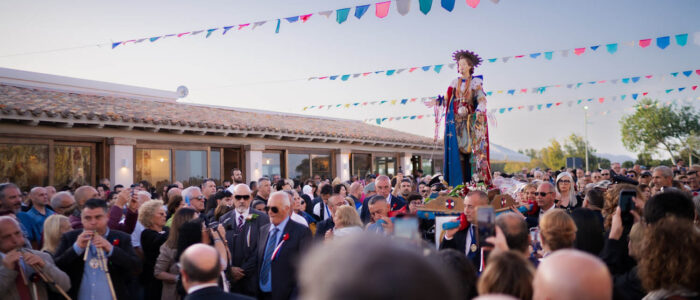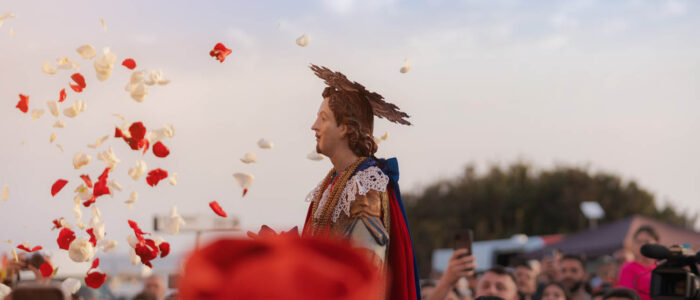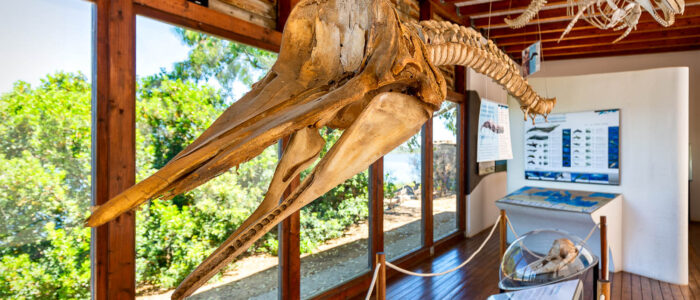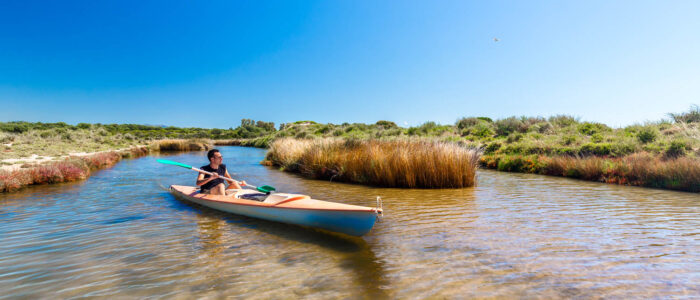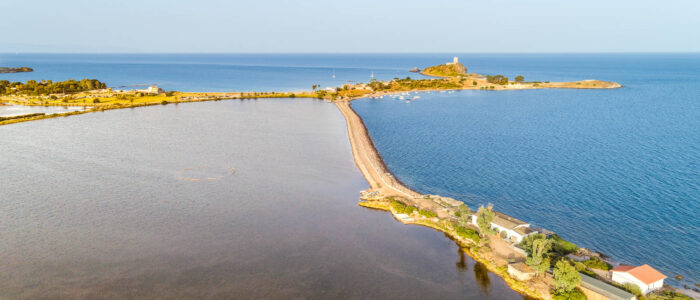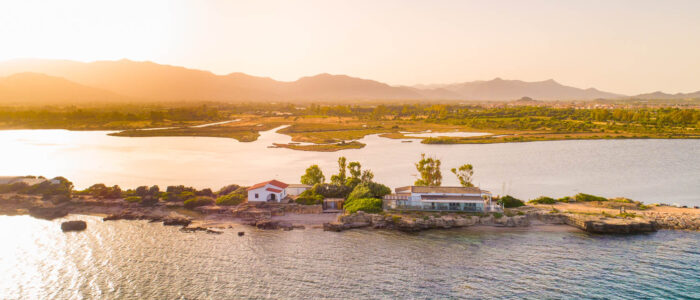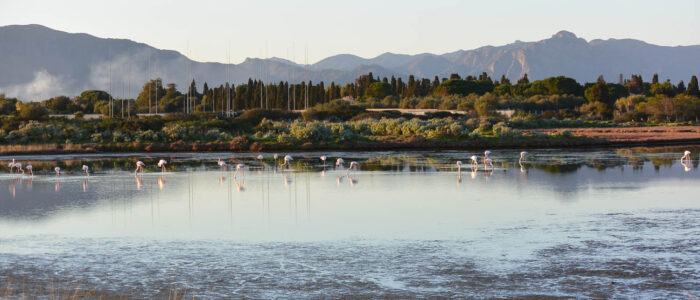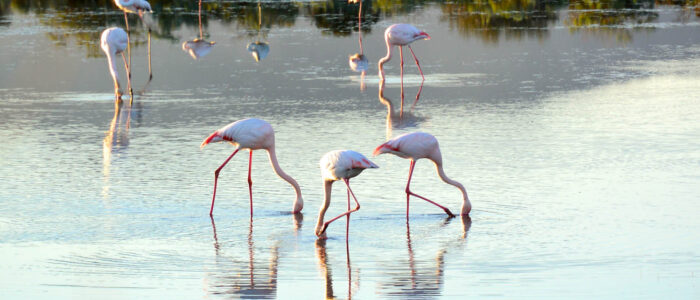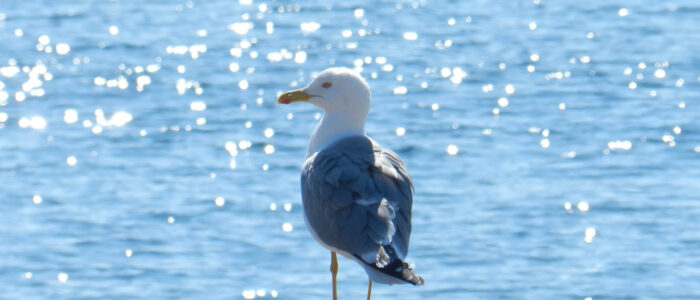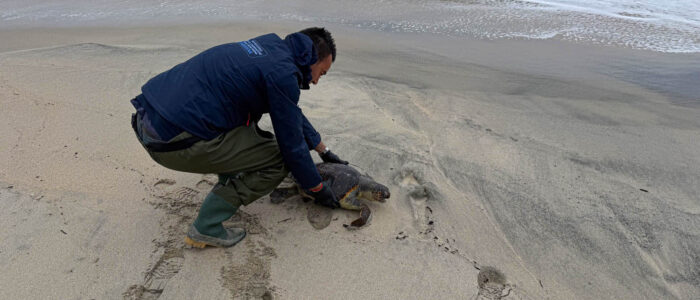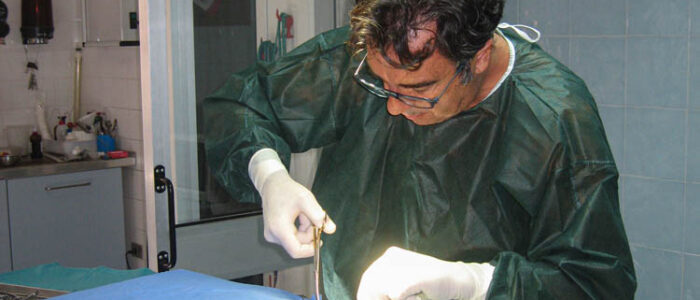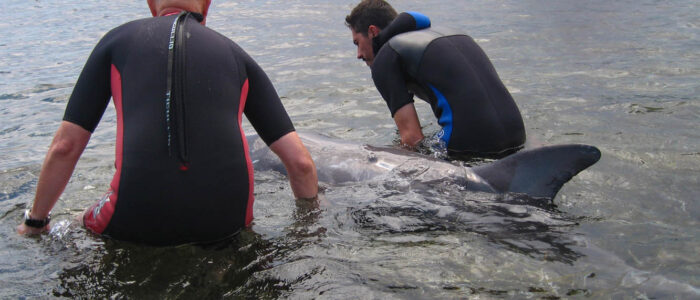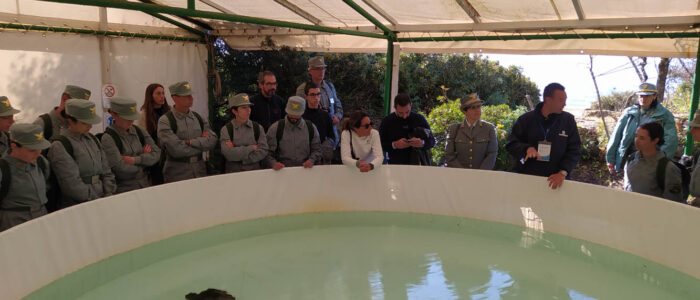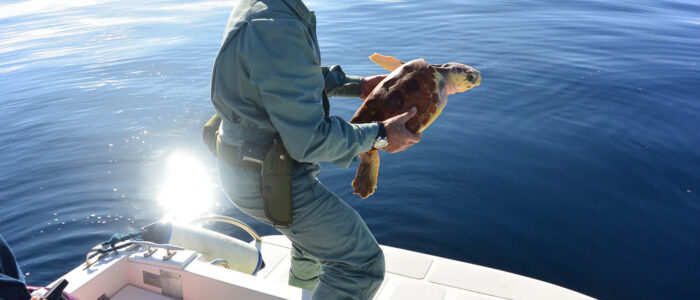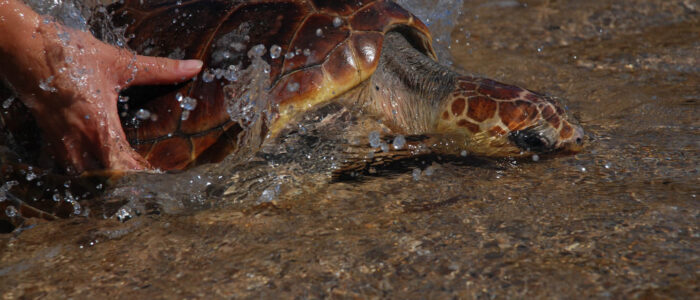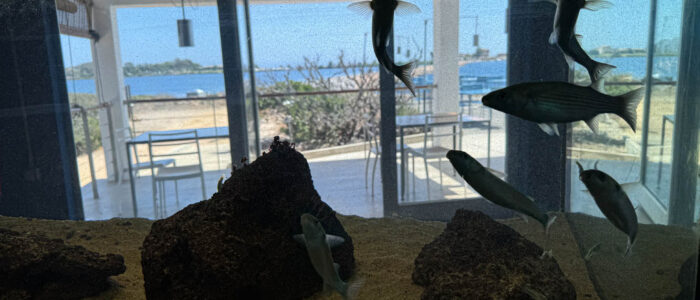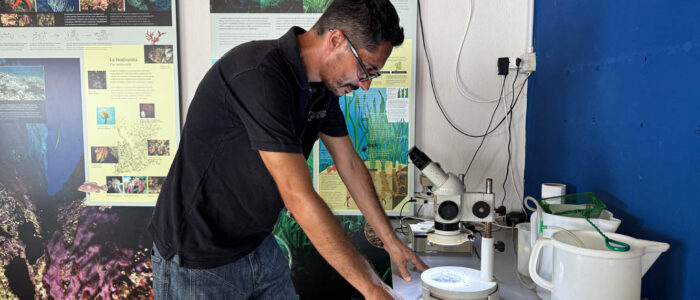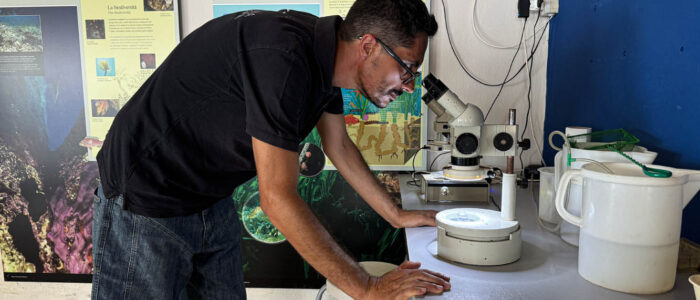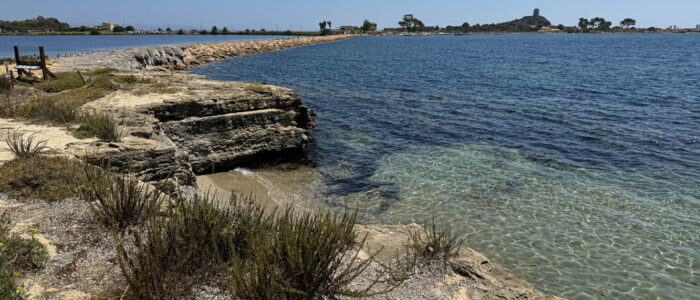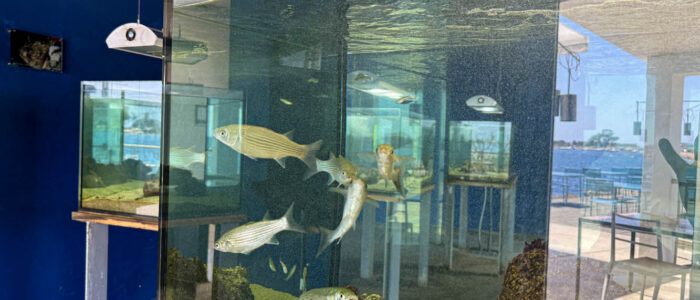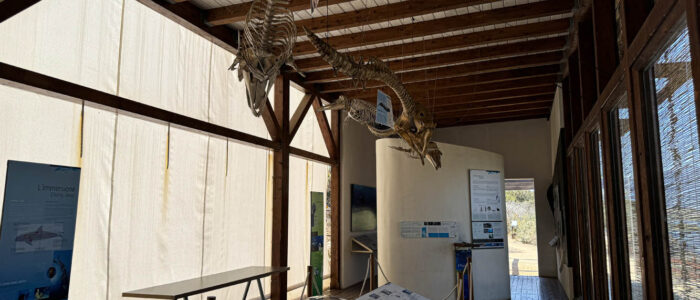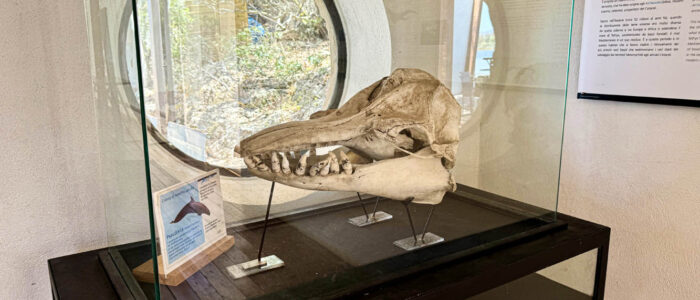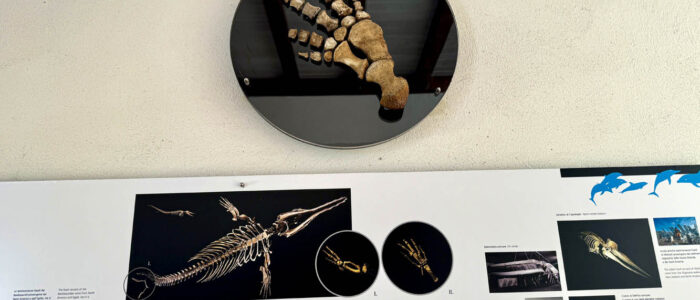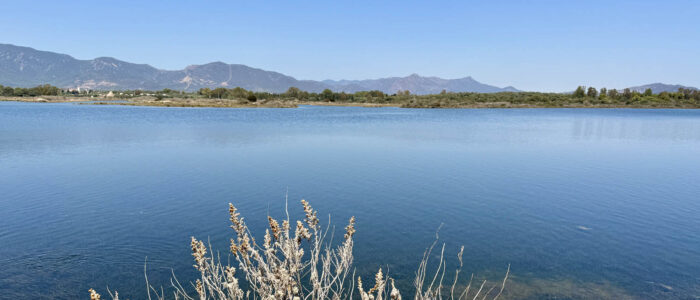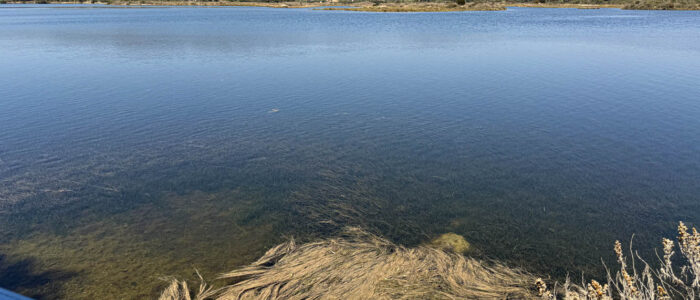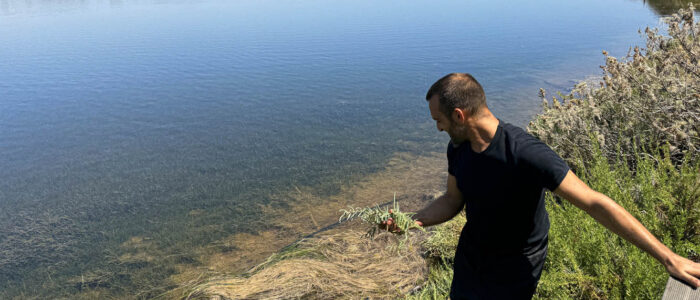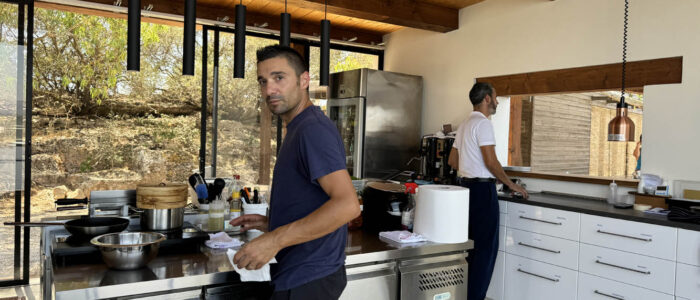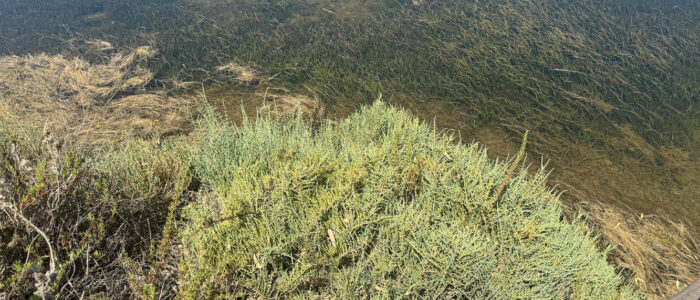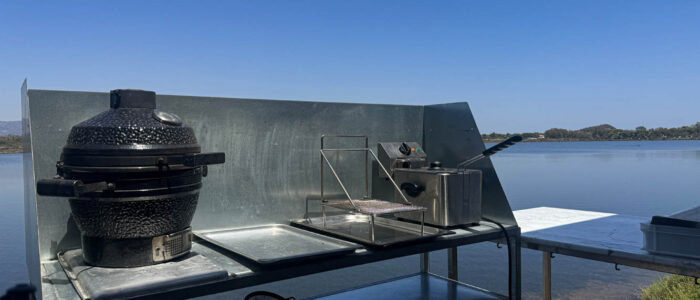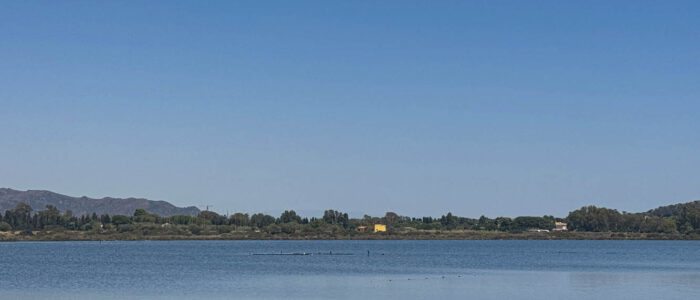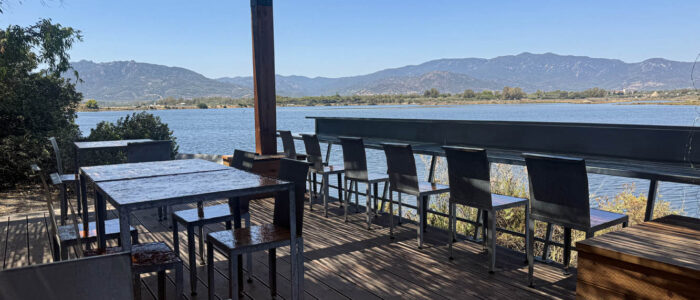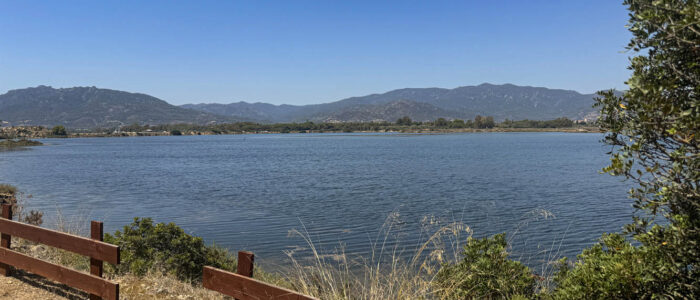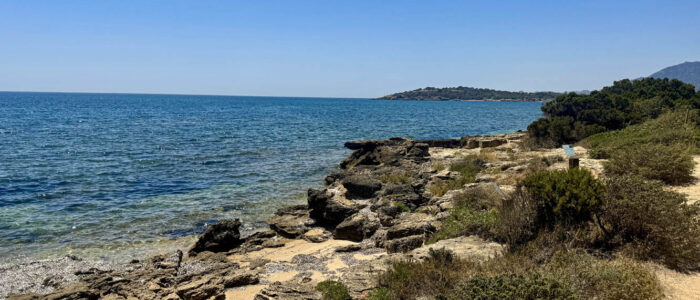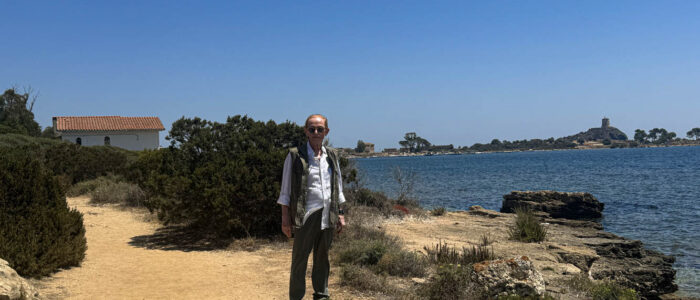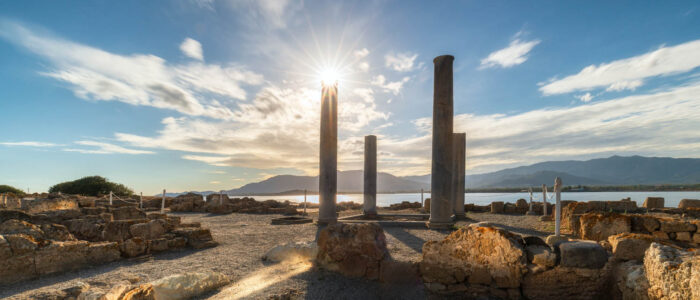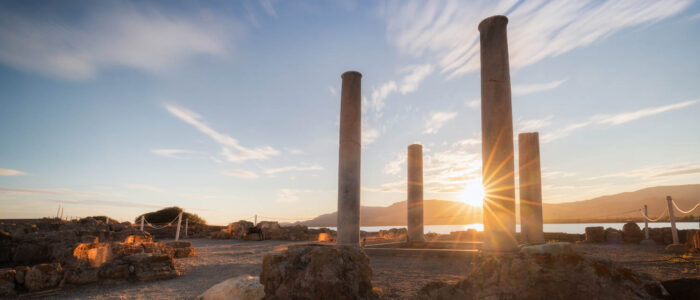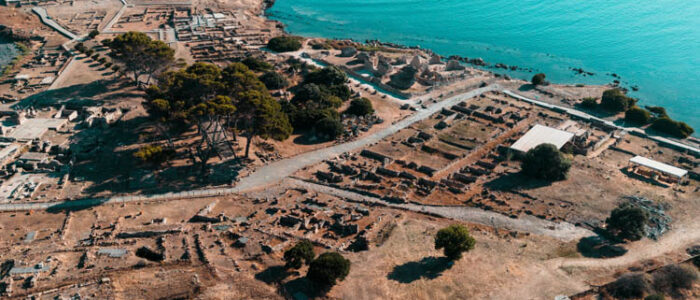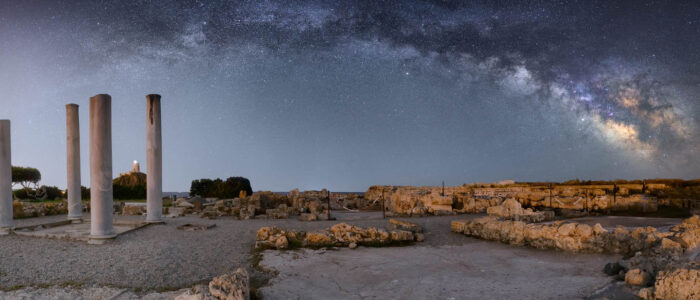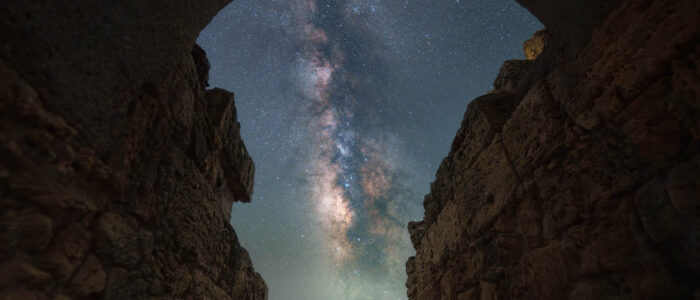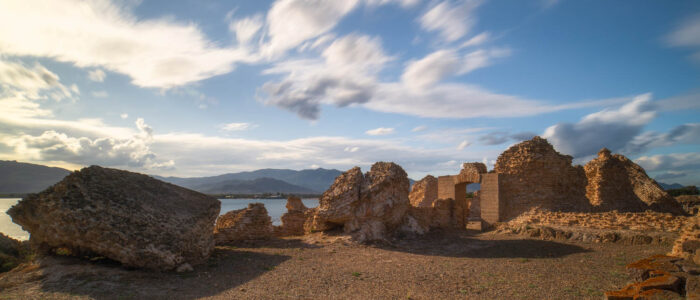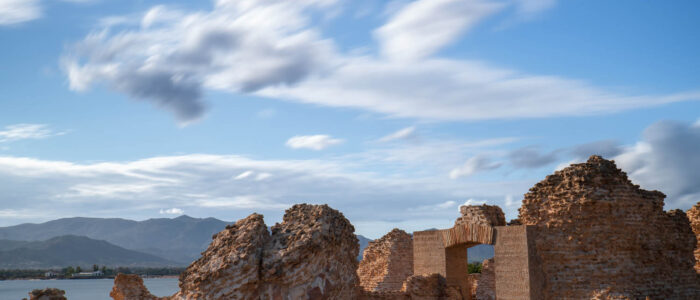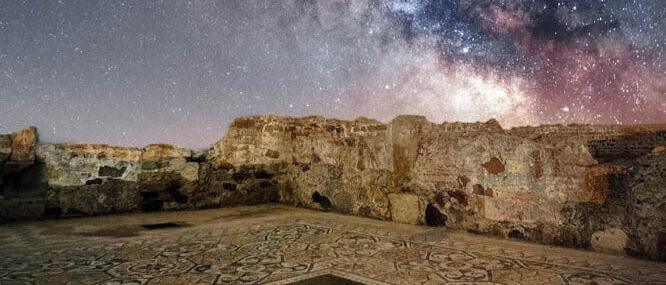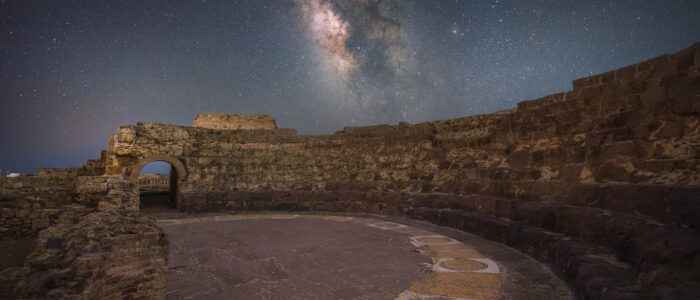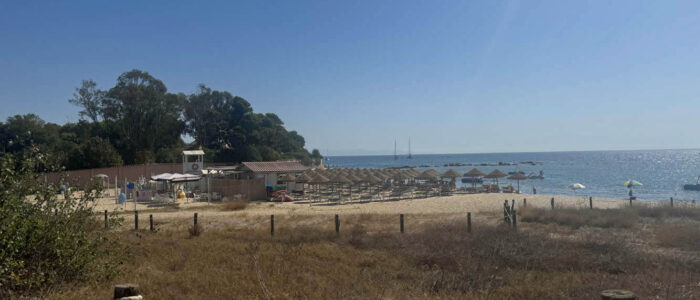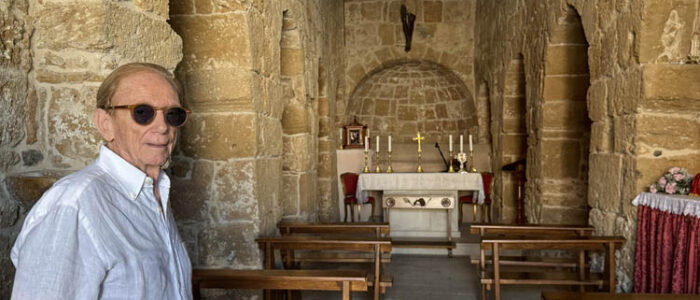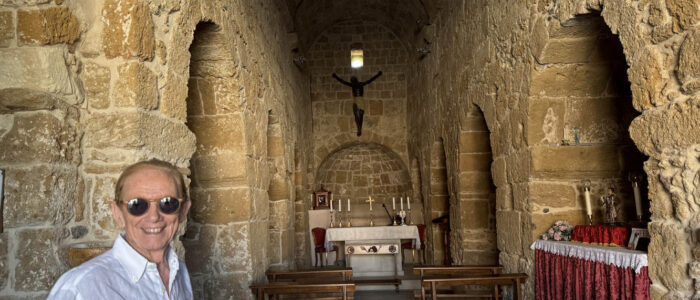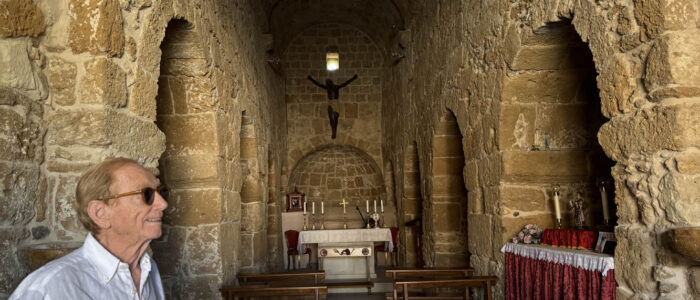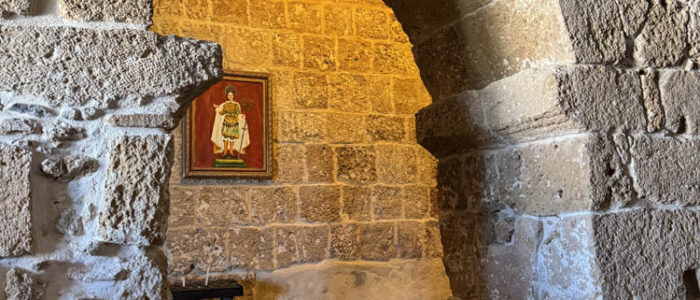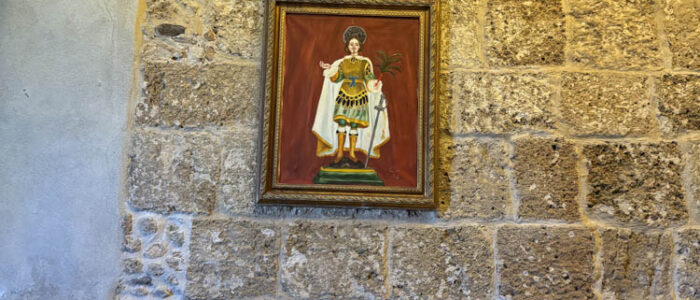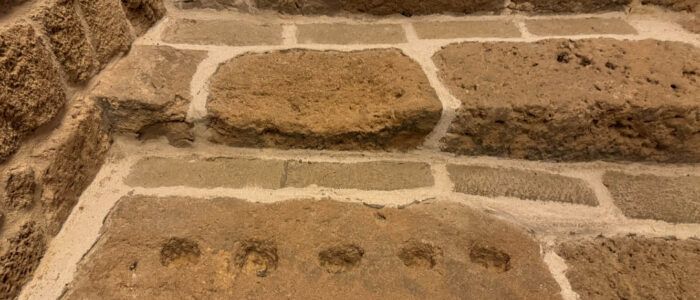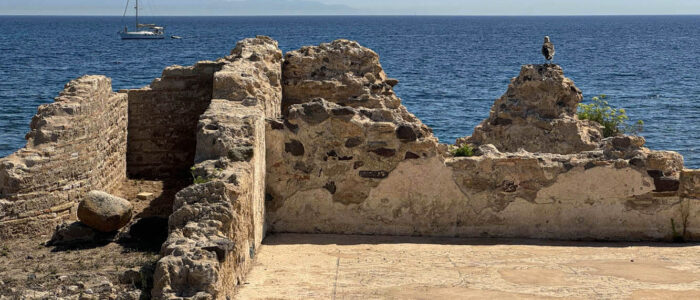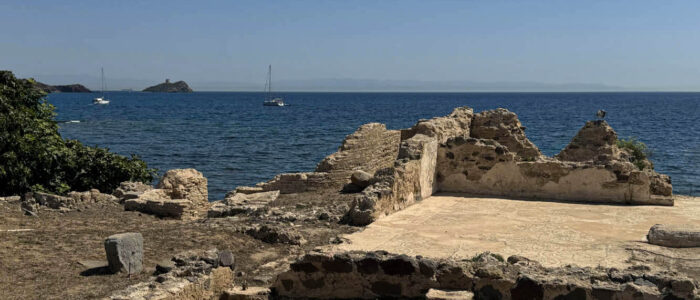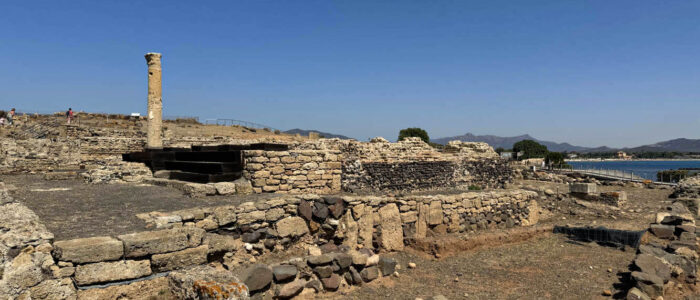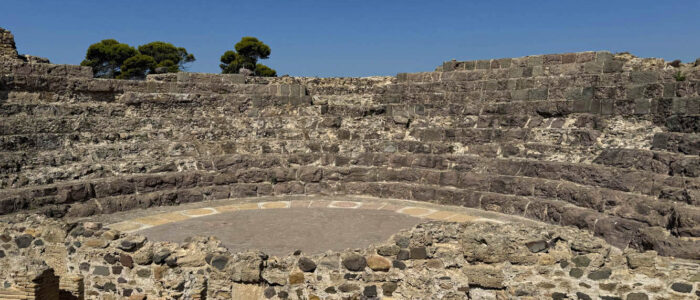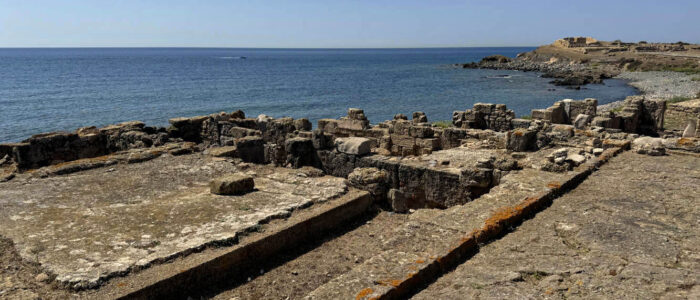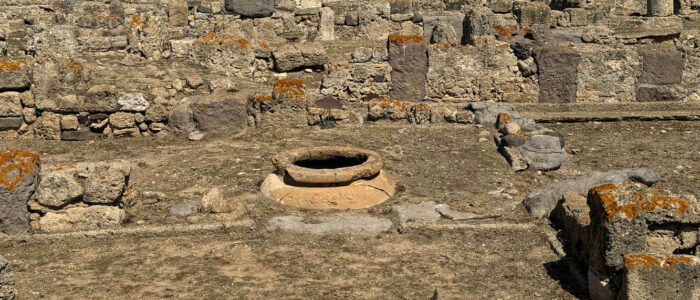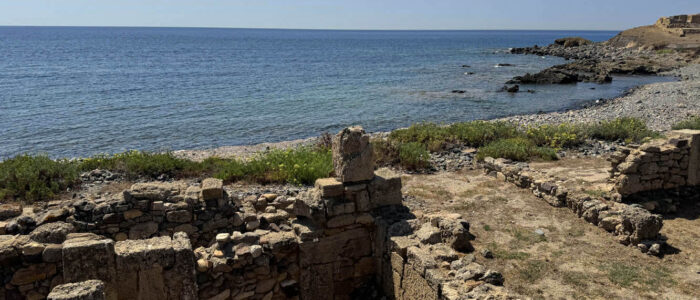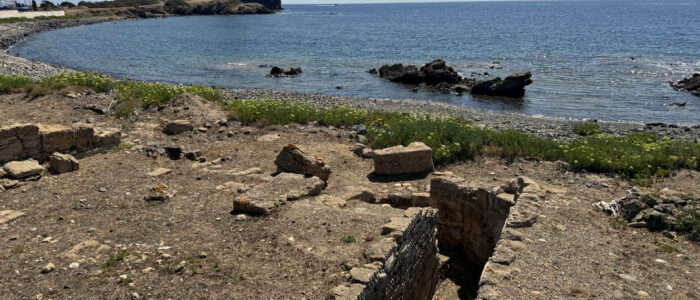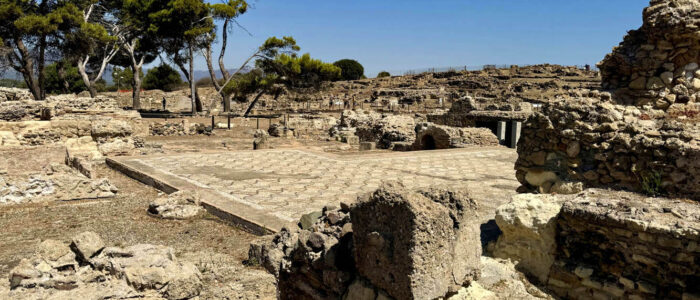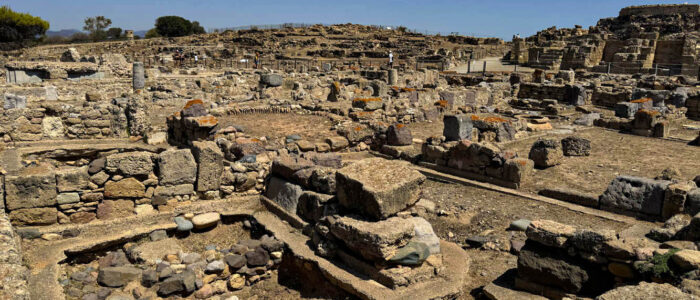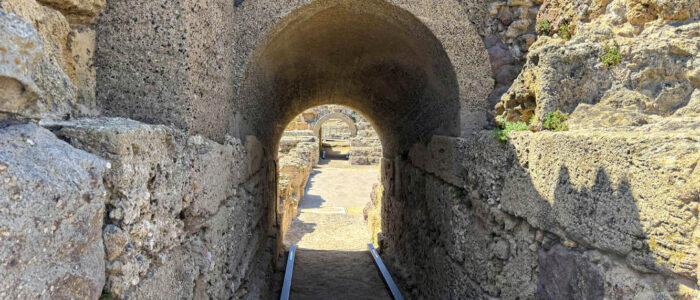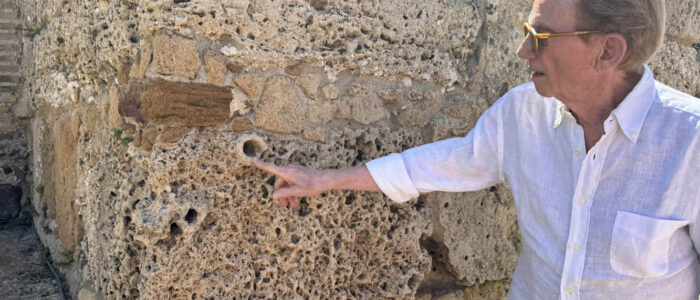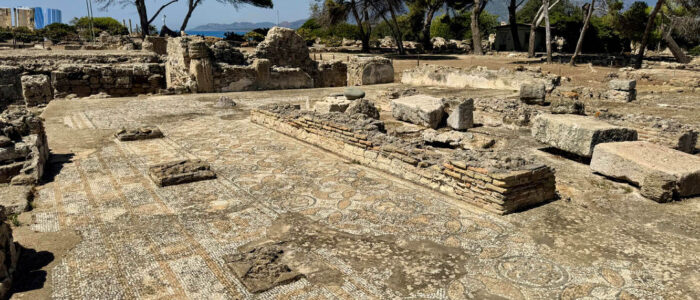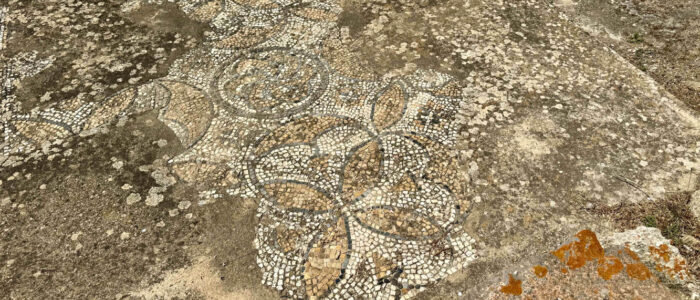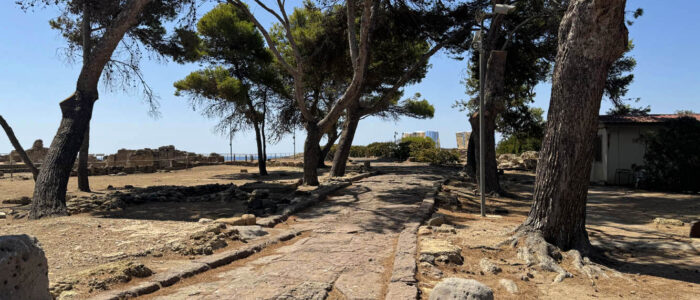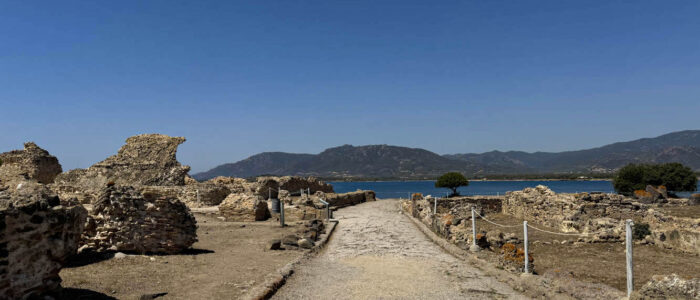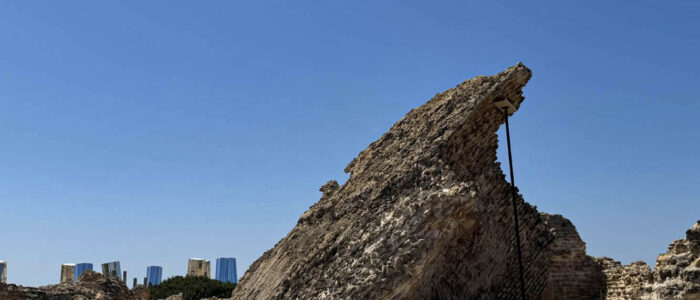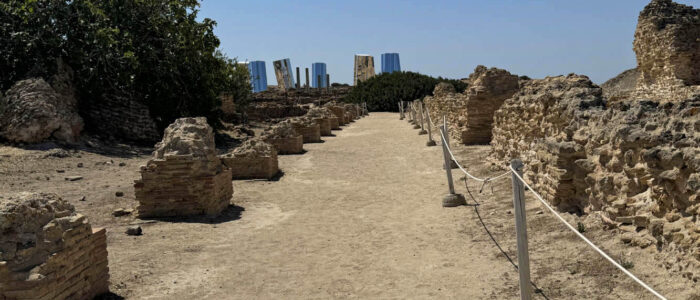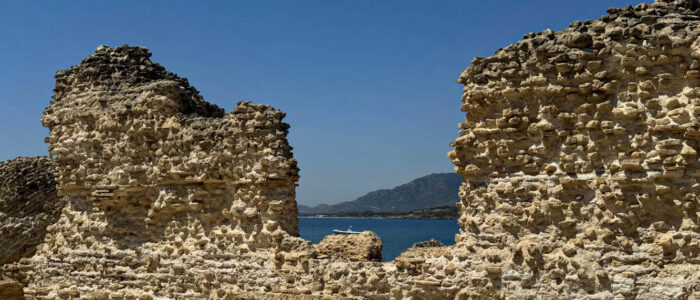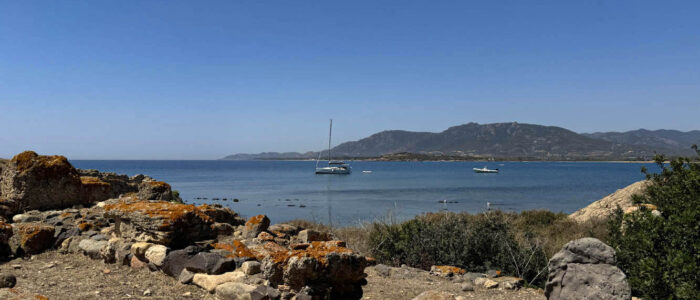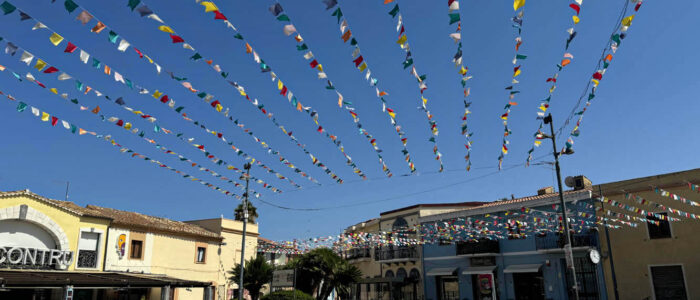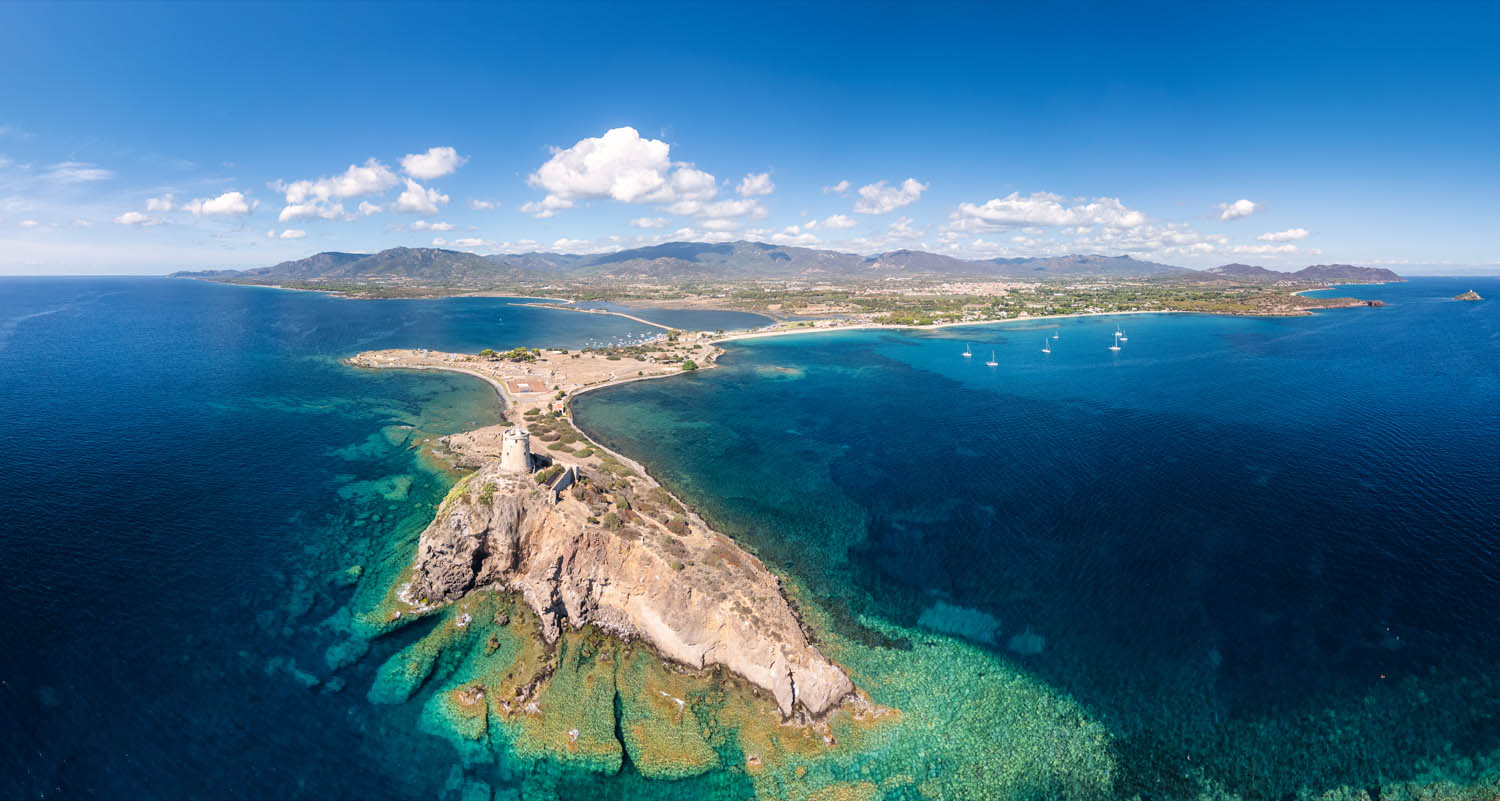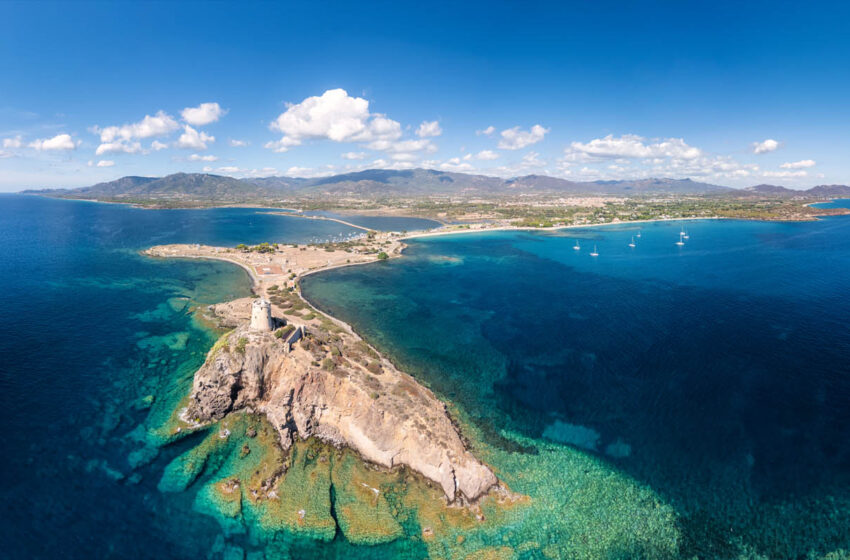
Nora and Pula: a holiday amidst spectacular seaside landscapes and authentic traditions.
Our journey along the South Coast of Sardinia, which you can enjoy in the following videos, offers us, in this second stop, more spectacular sceneries that span centuries of history, starting from the ancient city of Nora, Phoenician-Punic and Roman, which belongs to the territory of Pula, another seaside location in the metropolitan city of Cagliari.

Nora welcomes countless visitors from every continent, who, amazed, walk among the Roman ruins of the marvelous Archaeological Park in which four Italian universities and the Superintendence of Archaeology, Fine Arts and Landscape work together in synergy.
But you can also discover another engaging corner: the Lagoon of Nora.
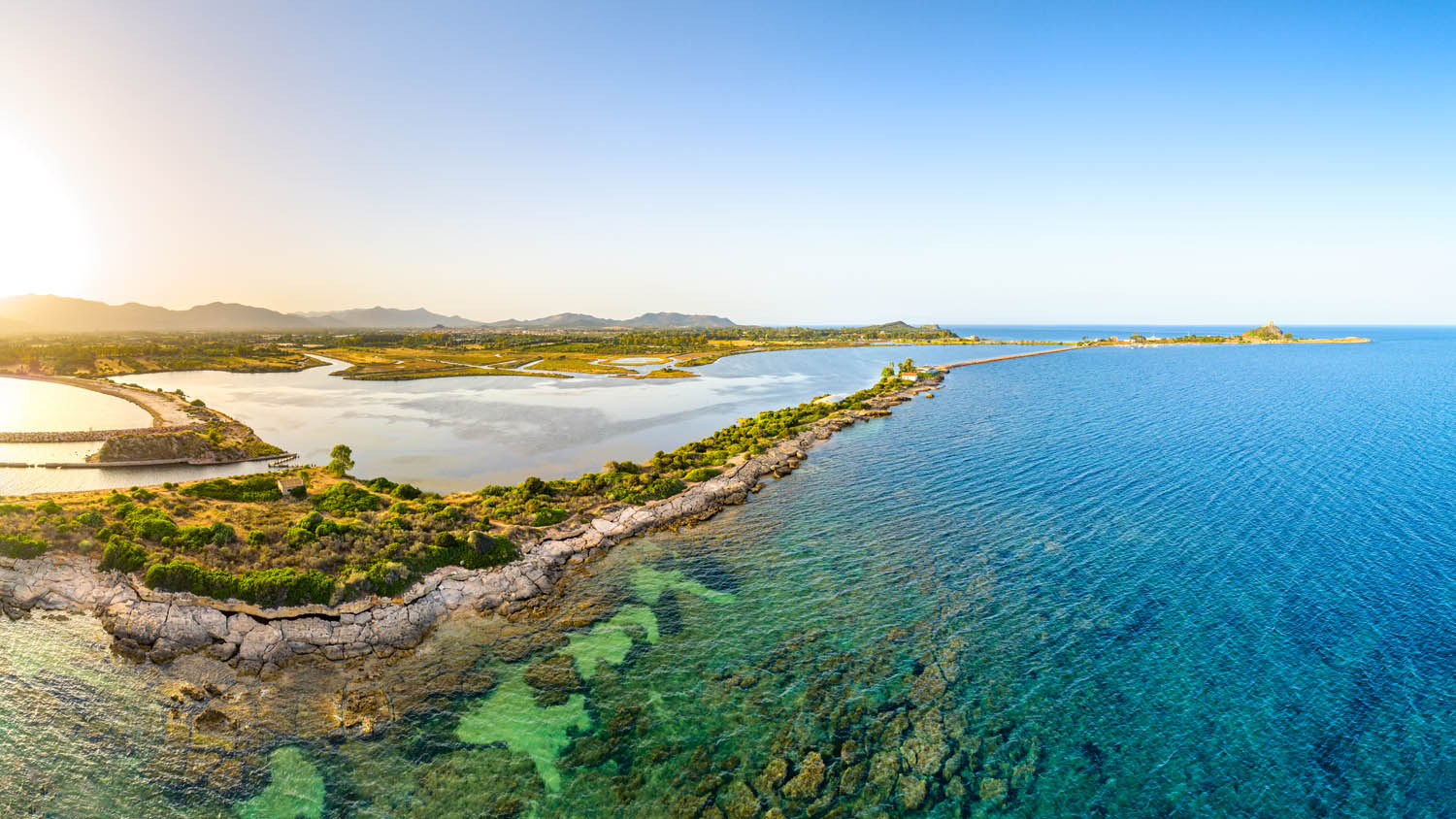
The view stretches between the sea and the lagoon, separated by the Fradis Minoris peninsula, an ancient beach rich in fossils. The Park allows you to observe the shallow waters among fish and starfish. But there is no shortage of herons, little egrets, kingfishers, and among the seagulls, the very rare Audouin’s Gull.
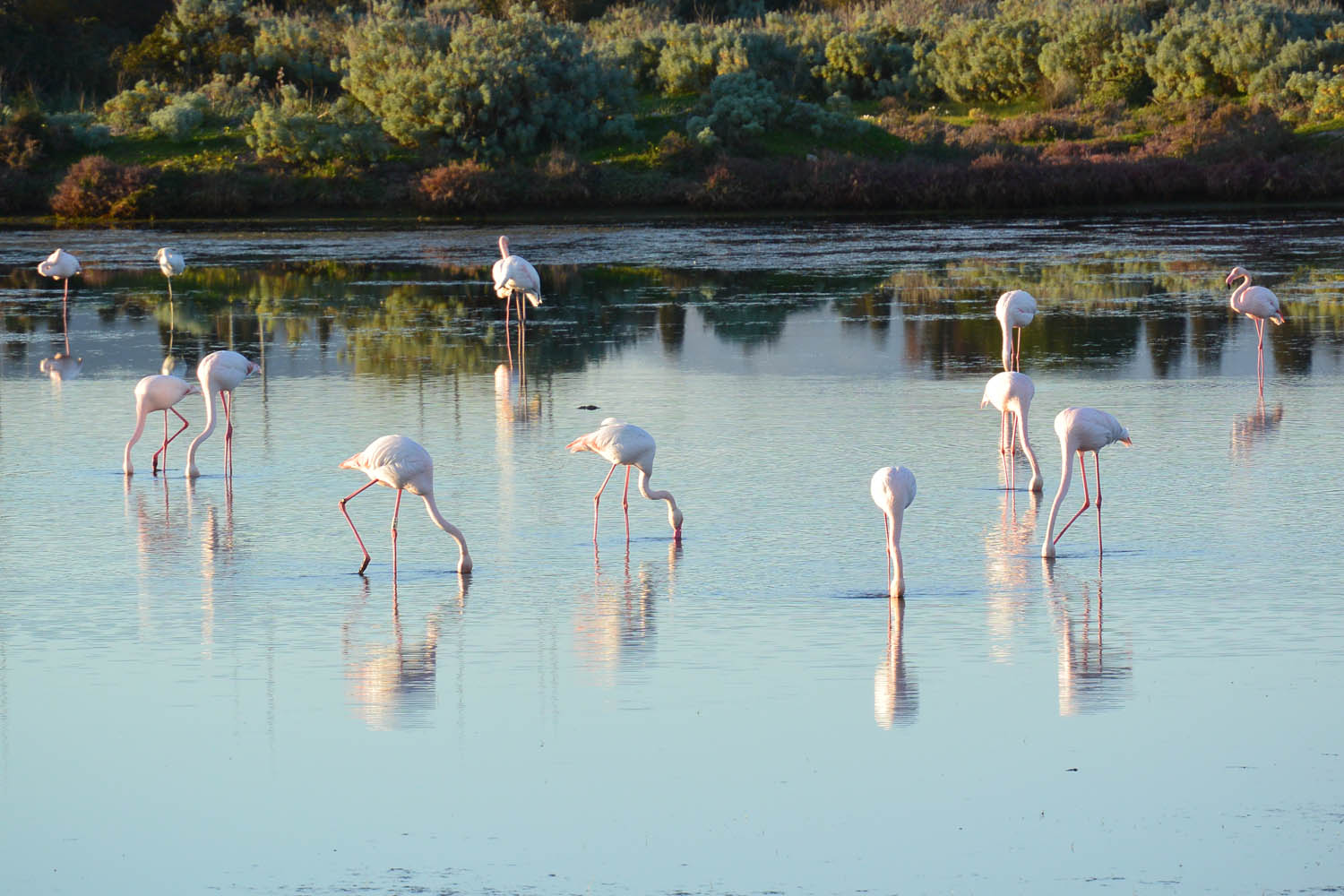
The Park can also be visited by canoe, from which you can observe nature, its changes, and the species present. And to admire the Bay of Nora, you can stop at the panoramic terrace, from which the view is very exciting.
Not to be missed is the Cetacean and Sea Turtle Recovery Center, operating since 1993, which welcomes and treats stranded specimens with a hospital facility and a team of biologists, naturalists, and divers.
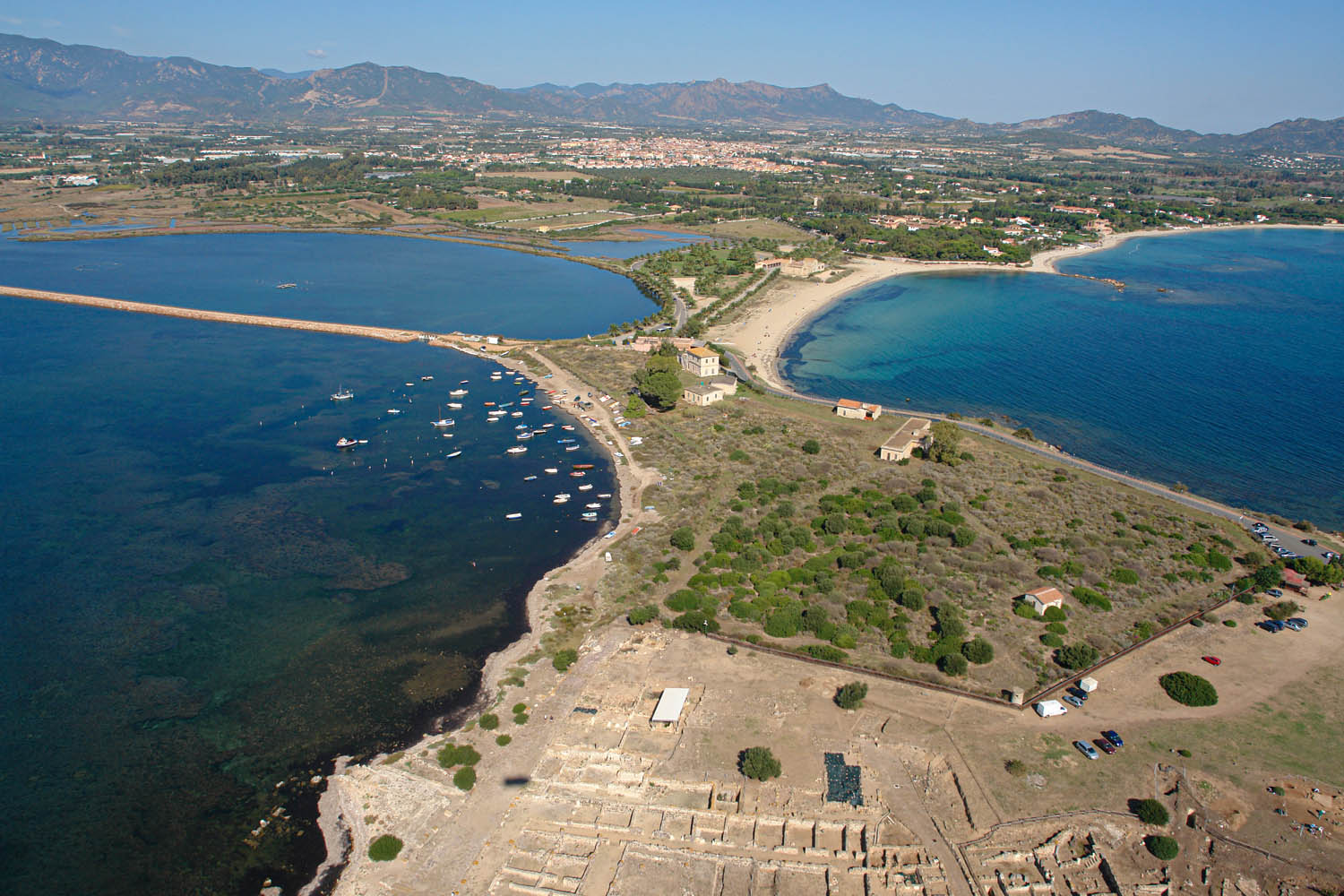
Even in this corner, as in the rest of Sardinia, there is deep devotion to Saint Efisio, the warrior saint who, in 1656, freed Cagliari from the plague. It is something extraordinary and moving. Every year, during the first week of May, an exceptional festival takes place that commemorates the miracle.
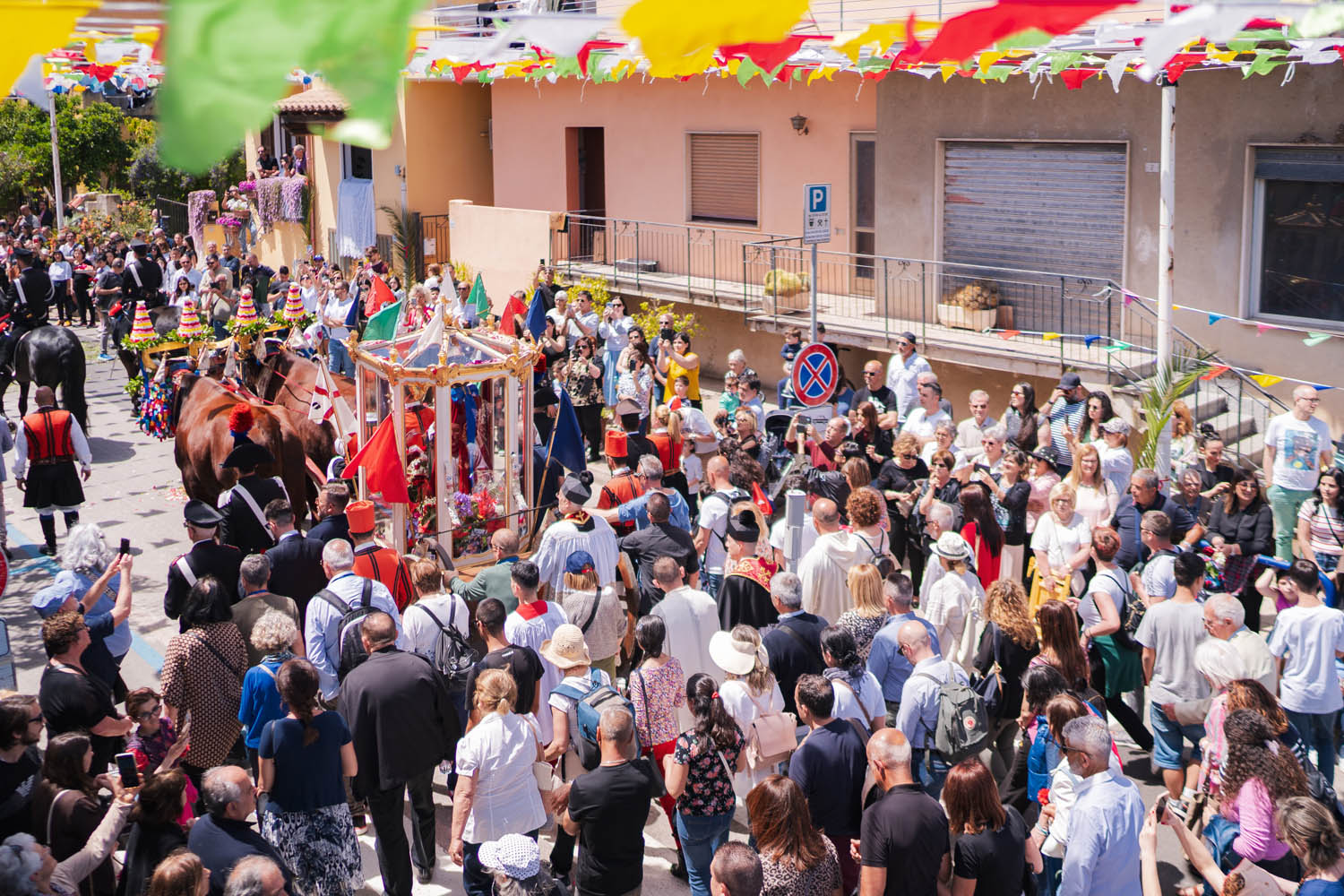
It is a very long pilgrimage, with an indefinite number of devotees in original costumes, on foot, on horseback or on Tracas, ox-drawn carts decorated with flowers and fruit, which symbolize Sardinia.
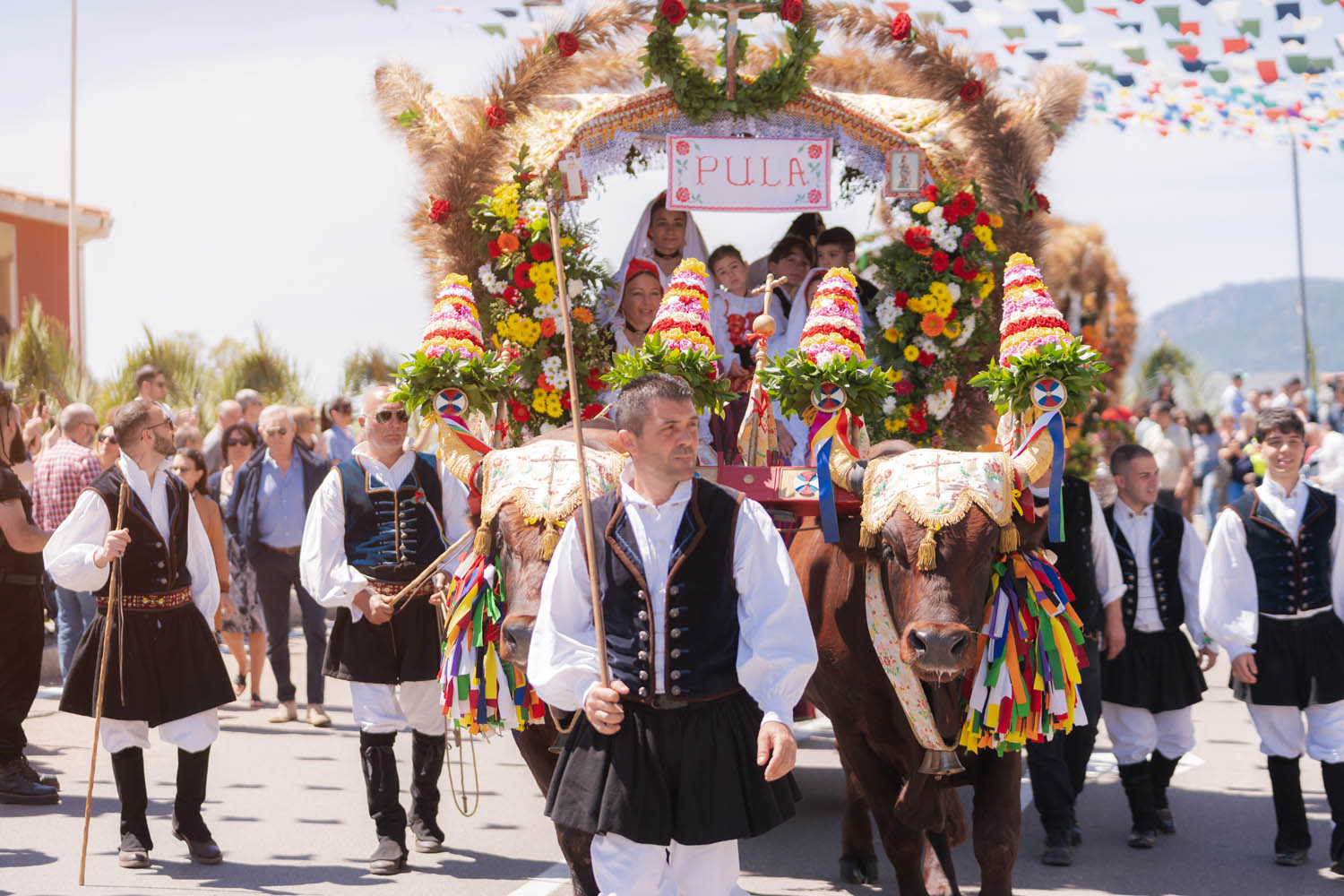
The majestic procession, which has always been honored since then, departs from Cagliari on a carpet of flowers to arrive at the beach of Nora and is the solemn promise made by the city to its protector.
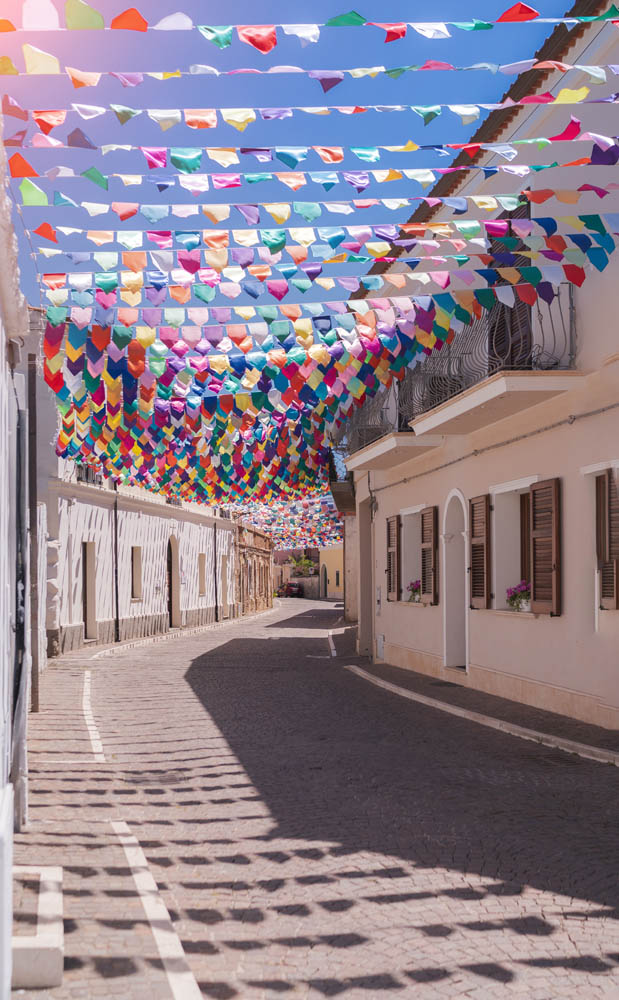
PULA
A town of over 7,000 inhabitants that increases significantly during the summer in this territory that has returned to its origins. The protagonists, in fact, are genuine local products, an inestimable wealth in the culture of returning to simple and natural things.
This place became touristy in the 1960s and today is one of the most visited and loved destinations in Sardinia, chosen by families who came from abroad as their residence.
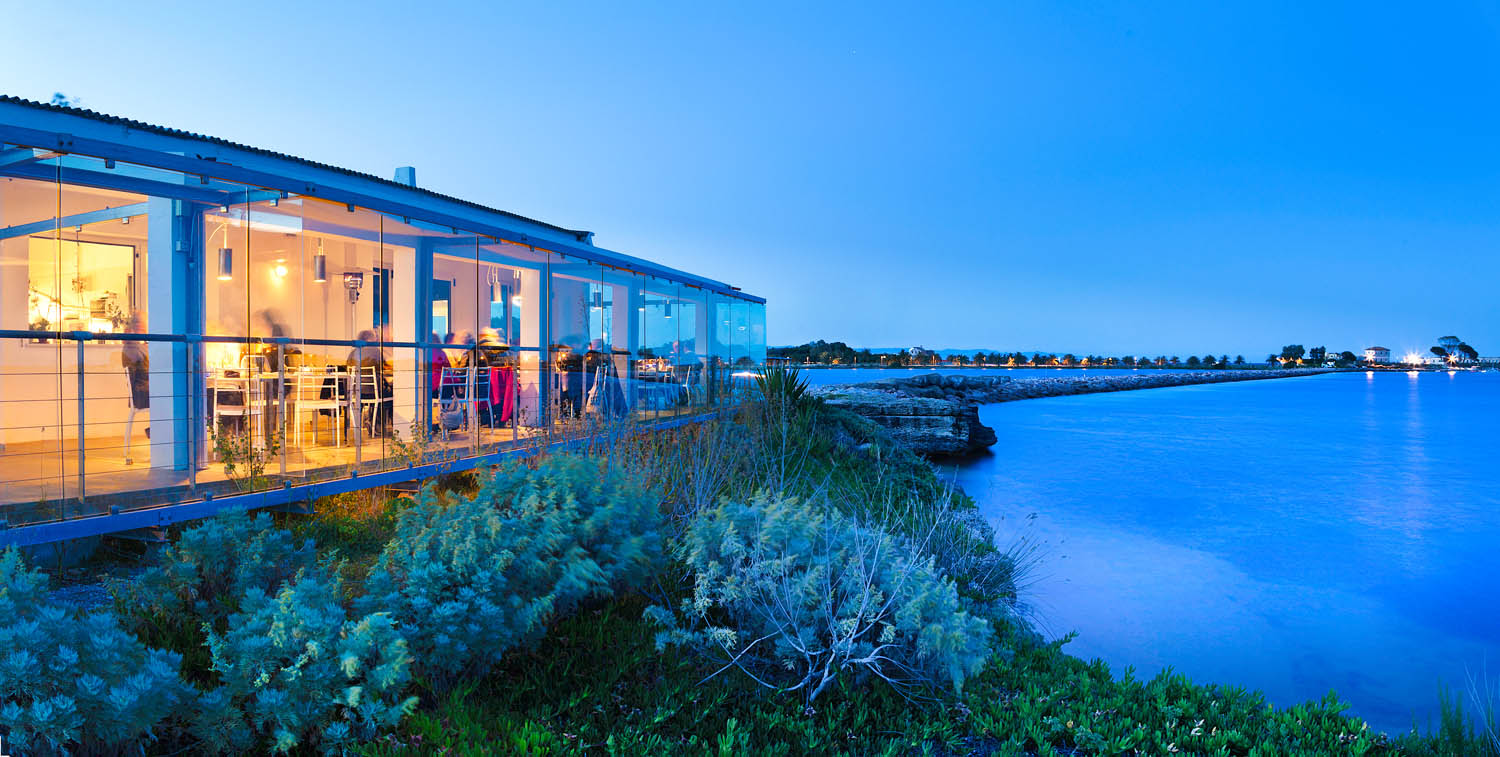
Many retirees from the north have also arrived, attracted by the quality of life and by what this territory is able to offer, and here they have established the Elders’ Council, an important support in the organization of events and celebrations.
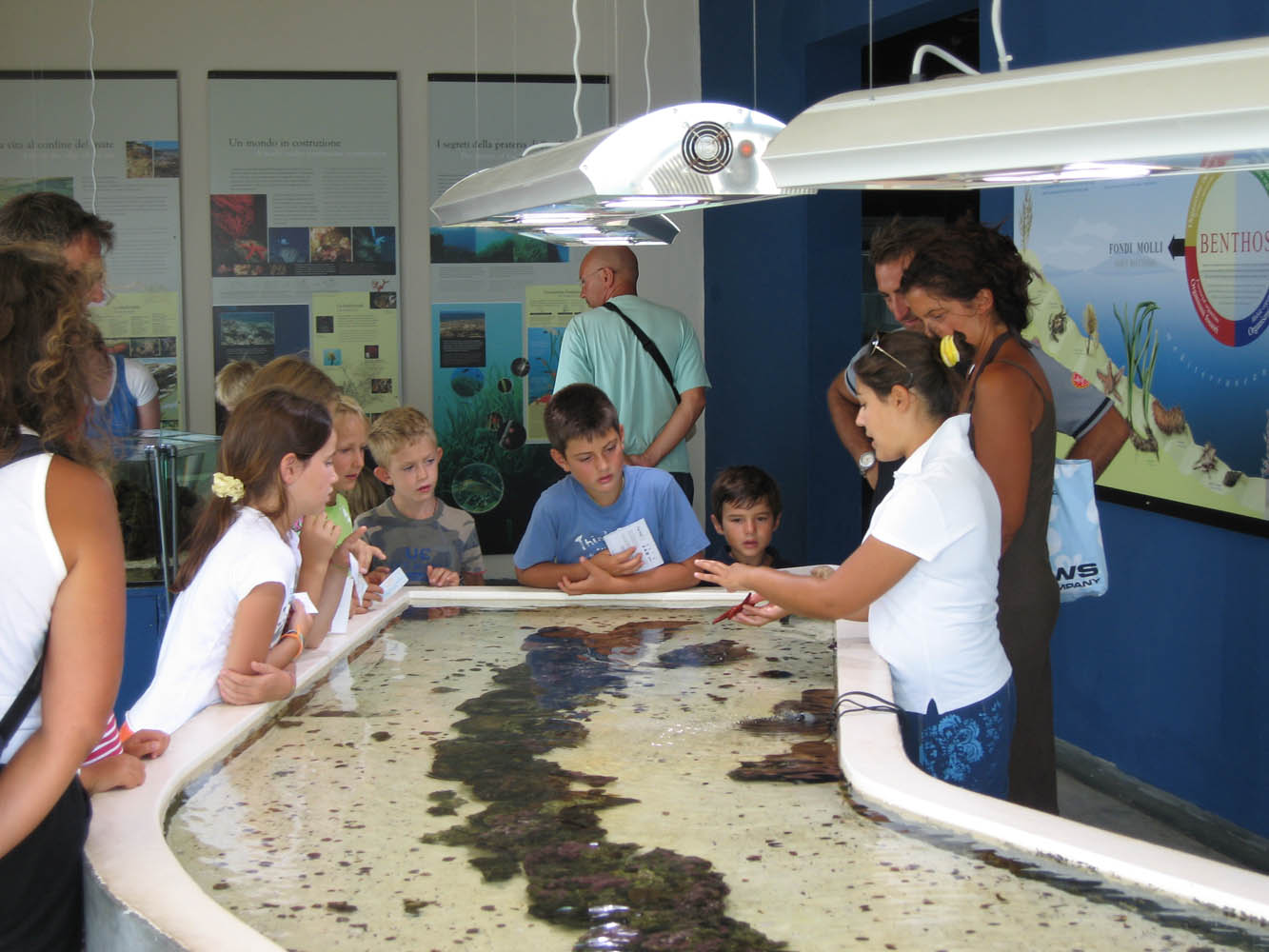
Worth noting is the strong focus on inclusion, both regarding motor and sensory disabilities.
SENSATIONS IN THE KITCHEN
Braised sheep is prepared in summer, from May onwards, when the animals eat dry grass.
Fregola is handmade in the shivedda, a traditional low terracotta bowl. It is toasted in the oven to give the small semolina flour spheres different colors.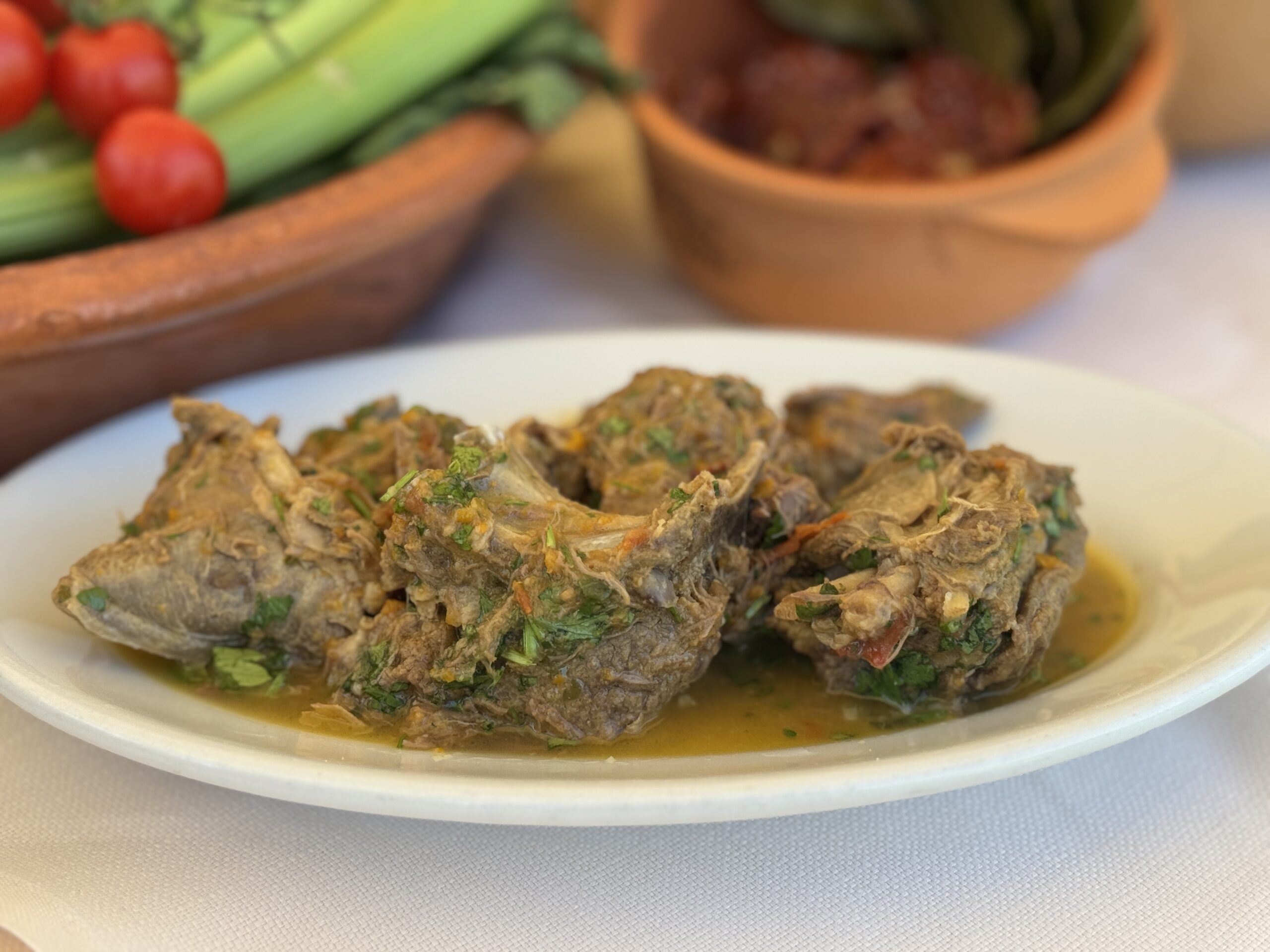
Fregola is cooked like risotto with sheep broth, salted dried tomatoes, onion, celery, potatoes, and carrots, a teaspoon of saffron, parsley, and raw red cherry tomatoes added only at the end of cooking.
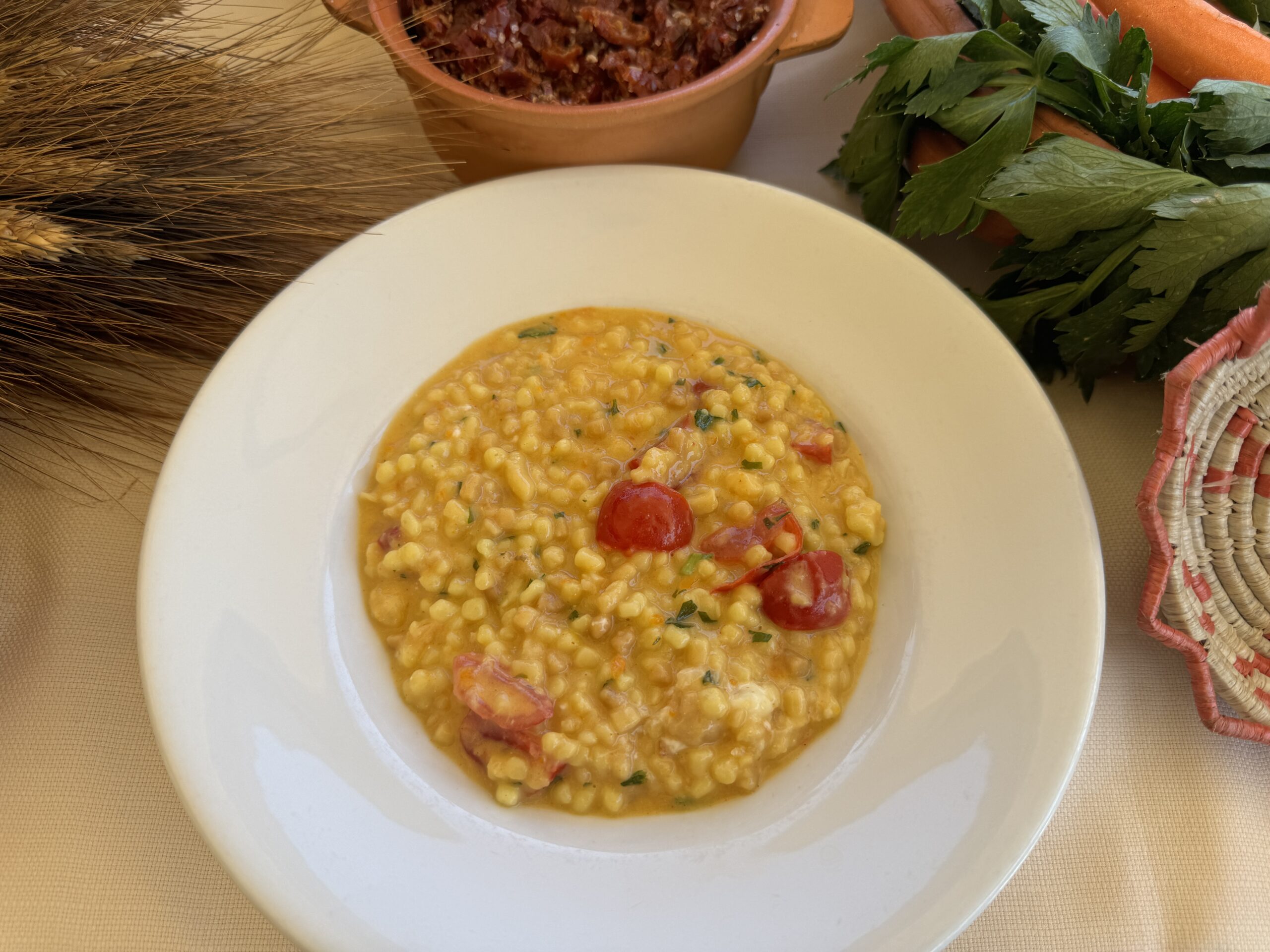
The dish is finished with grated Sardinian pecorino cheese.
Gallery
Credit foto: Sandra Jacopucci, Alberto Malizia, Ceas, Maurizio Casula.
Giornalista detentore dal 2015 del Guinness World Records TV e Ambasciatore Borghi più Belli d’Italia.
Leggi in:
![]() Italiano
Italiano





